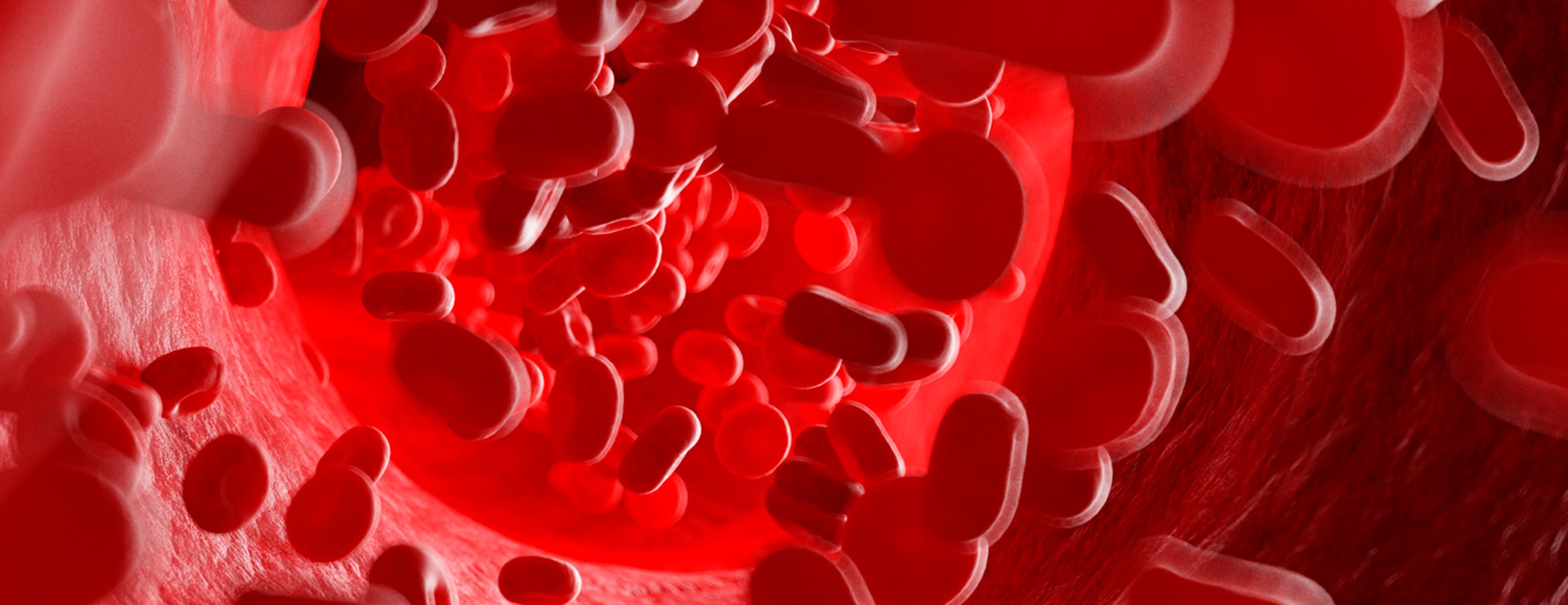
Bone Marrow Transplant (BMT): Blood Counts & Transfusions
Waiting for engraftment
Engraftment is the term used to describe when your new bone marrow begins to function and produce cells.
The high doses of chemotherapy or radiation given before a BMT cause the bone marrow to stop producing new blood cells. It takes time for the new transplanted bone marrow or stem cells to start functioning. The transplanted cells will travel to the bones, reseed the marrow space and go through a growth process before the mature cells are released from the bone marrow into the blood stream. To help the new cells mature and grow, you'll receive daily injections of a bone marrow growth factor, called G-CSF. It will take at least eight to 14 days from the day of transplantation before your blood counts start to recover.
The term "blood counts" refers to the number of blood cells circulating in the blood stream. There are three main types of blood cells: red blood cells, white blood cells and platelets. But until engraftment occurs, no mature cells leave the marrow and enter the blood stream. As a result, your blood counts will show very low values and you will require careful monitoring by the health care team. Until you start producing adequate numbers of blood cells again, you'll be supported with red blood cell and platelet transfusions.
Types of blood cells
White blood cells (WBCs)
White blood cells fight infection. They include neutrophils and lymphocytes, among others.
Neutrophils, also known as polys or granulocytes, account for the majority of circulating WBCs. They are responsible for fighting primarily bacterial and fungal infections. Bone marrow growth factors like G-CSF (also called neupogen) make neutrophil counts rise. The neutrophil count should be at least 500 (usually reported on the lab test results as 0.5) by 30 days after transplantation.
Neutrophils are not usually transfused except in special circumstances. The use of antibiotics to fight infection and growth factors to help the bone marrow grow are usually adequate until the neutrophil count is up.
Lymphocytes are the backbone of the immune system. These cells are responsible for fighting viruses and for forming antibodies that will attack infectious organisms. Lymphocyte function is generally abnormal for as long as three months after transplantation. This means you may develop severe infections even when the white blood cell count is normal.
Red blood cells (RBCs)
RBCs carry oxygen throughout the body. The hematocrit means the percentage of blood that contains red cells. The hemoglobin is the part of the red blood cell that carries oxygen. The hemoglobin is proportional to the hematocrit.
Anemia occurs when there are not enough red blood cells in the body. Symptoms include shortness of breath, weakness, fatigue, dizziness, headache and irritability. A red cell transfusion is given through your catheter over an average of two to three hours. Additional transfusions may be needed as an outpatient, or you may be given erythropoietin (Epo), a red blood cell growth factor.
Platelets
Platelets help control bleeding. When you cut yourself, the platelets form a clot or plug to stop the bleeding. Some symptoms of a low platelet count include petechiae (small red dots on the skin), easy bruising, and bleeding from the gums or nose.
Platelet transfusions
A platelet transfusion is given routinely when the platelet count falls too low to prevent serious bleeding into the tissues. You will begin to need platelet transfusions about one week after the start of chemotherapy. The number of transfusions needed per week varies from patient to patient and ranges from one to seven transfusions per week.
You will continue to need platelet transfusions for three to six weeks, sometimes longer, depending on how your bone marrow is recovering or what medications you are receiving.
There are two types of platelet transfusions:
Single donor platelet transfusions
These use platelets that are collected from one person in a procedure called apheresis, which takes about two to two-and-a-half hours. In this procedure, blood is taken from the donor and circulated through a machine called a blood cell separator. This machine separates the platelets into a collection bag and returns the remaining blood constituents to the donor.
Most single donor platelets are from the family and friends of the patient. Your platelet donors do not need to have your blood type. You will not receive platelets from your designated donor if a more compatible single donor unit is available.
Random donor platelet transfusions
These use platelets that are pooled from several units of whole blood donated by several different random blood donors. These are the most common type of platelets to be transfused.
Potential platelet donors must pass preliminary testing before donating, which involves a written history form, checking vital signs and taking a small blood sample. All persons donating blood are carefully screened for infectious diseases to make sure their blood is safe.
Reactions to blood transfusions
You may sometimes experience an uncomfortable reaction to your blood product transfusions. Some of these reactions may include fever, chills, shaking, itching and skin rashes. Infrequent side effects are back pain and shortness of breath. If you have side effects, medications are available to limit the reactions.
The red blood cells and platelets are irradiated and filtered, and frequently medications may be used before the transfusion to minimize any side effects. Your nurse will watch carefully for any of these reactions, and you should also report any symptoms to your nurse.
Donating blood products
It is helpful if you arrange to have family members donate blood products for you to use during your hospitalization. Anyone can be a blood donor as long as they complete the blood bank screening procedures and pass all the tests.
Donations can be given at any donor center; however only donations given at Blood Banks of the Pacific in San Francisco will be available for you during your hospitalization.
UCSF Health medical specialists have reviewed this information. It is for educational purposes only and is not intended to replace the advice of your doctor or other health care provider. We encourage you to discuss any questions or concerns you may have with your provider.









